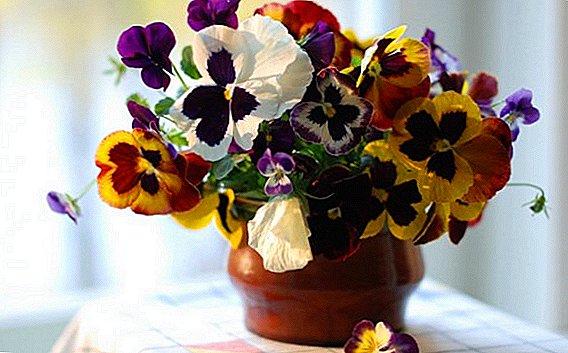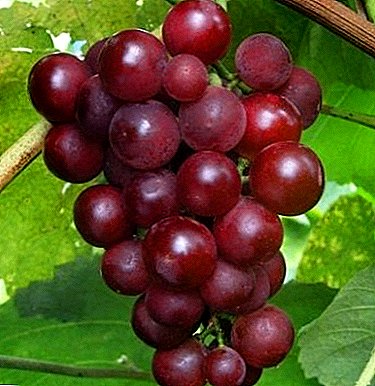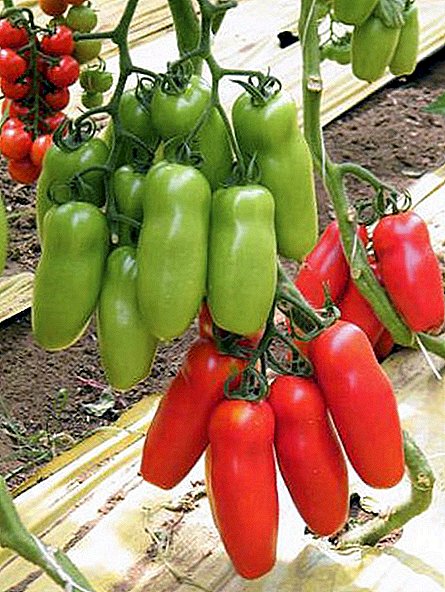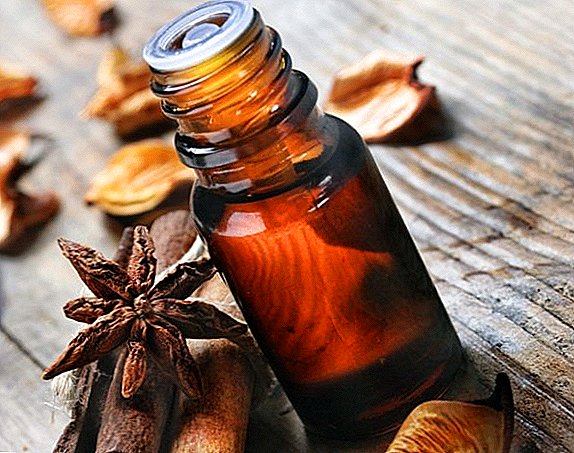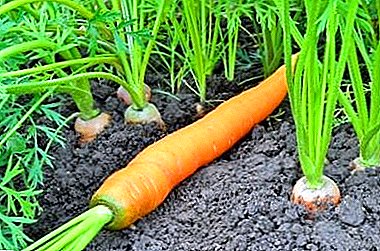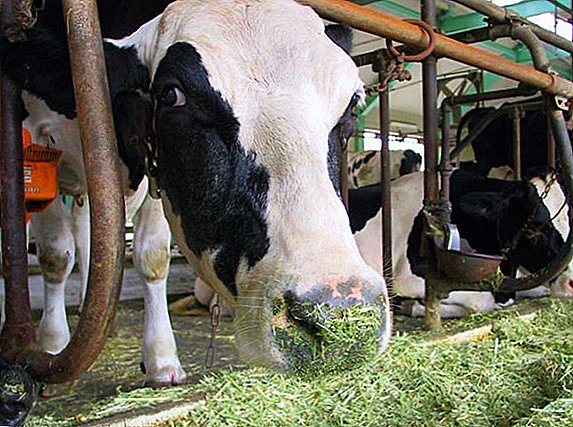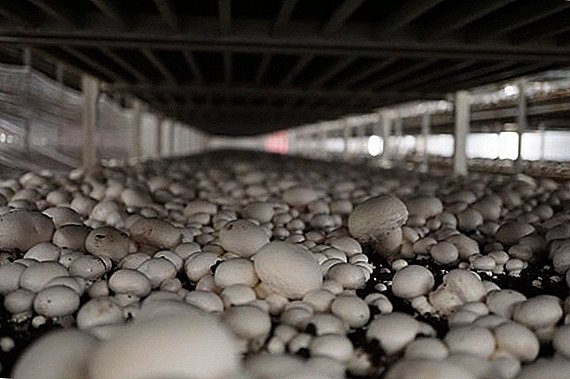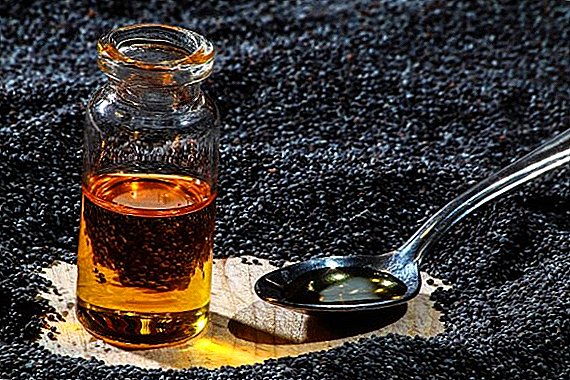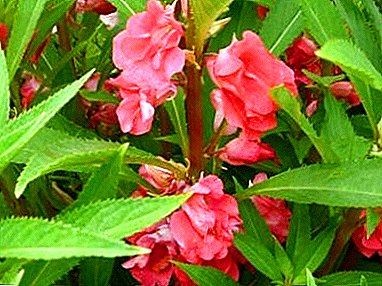
Homeland balsam is East Africa, namely the island of Zanzibar. It is there, among tropical shrubs that grows this beautiful flower. You can grow it in our climate.
But in order for a balsam to take root in Russia, he needs to create all the conditions that would resemble the native climate. In this article we will tell you exactly how to achieve this.
A photo





Features care for touchy
Balsam is not without reason dubbed as a touchy. The fact is that this plant loves light and heat, but the coolness, and even more drafts, simply does not tolerate. This fact should be taken into account when leaving.
What time of year should you plant?
It is not a secret for anyone that the correct planting guarantees a long life for the plant, but the wrong approach to this procedure can ruin the flower even with further proper care.
If we are talking about garden balsam, it is important to remember how thermophilic this flower is. This plant has fleshy leaves, which mostly contain moisture.
The cold starts the process of freezing water, and the plant stops receiving food. In such conditions, he dies.
Therefore, the best time for planting is considered to be late spring, middle or the end of May, when the air has already warmed up, there is no precipitation and winds.
Place for landing (thermal mode, light mode)
Plays a very important role the right landing spot. After all, planting balsam in the shade or in a draft, you risk soon notice how this flower dies.
If you want to admire the flower all summer, give up the shady areas. But open terrain presupposes strong gusts of wind, therefore fences must be on the way of the weather that will not allow the flower to experience strong gusts.
Many flower growers believe that landing in the ground during the rain - positive factor. The soil will be wet, the flower will immediately receive the necessary moisture, and it will adapt more quickly to new conditions. In fact, this is far from the case.
The flower under transplantation is experiencing severe stress, so it is necessary that the soil was warm and pre-warmed. In May, the land is still not warm enough, and wetted by rain, it may turn out to be cold for a flower. Balsam plant is very gentle, so any deviation from the usual conditions of existence can play a cruel joke and the flower may die.
Priming
 For planting growers are recommended to consider light soils. Well, if they are drained or at worst, just thoroughly weeded.
For planting growers are recommended to consider light soils. Well, if they are drained or at worst, just thoroughly weeded.
Plant it only in fertile soil, enriched with useful substances and trace elements for plants.
If you are not sure that the soil is rich enough with the necessary substances, a few days before planting, apply top dressing. It is advisable to repeat the procedure several times a month, because balsamines are very sensitive to the ground.
If you did your soil analysis and you know she is weakly acidic You can be sure that this is the ideal environment for growth and development.
Watering a flower
As you know, balsam loves moisture, which is why this plant needs constant watering.
but plain water for this will not work. Balsam is a gentle plant, so in his case, you need distilled water, which is distinguished by its softness.
Water too hard leads to the fact that the plant can die in a matter of days due to the fact that the soil is saturated with alkaline substances.
Allowed watering once a day, at the certain time. It is not necessary to pour a flower, the soil should always remain in a slightly damp state. Excessive water can threaten rotting roots.
It is also important to know exactly how to properly water. You need to exercise watering in a circular motion describing a circle around the crown. Thus, the flower will have no excess, no lack of moisture.
Street care
Balsam also needs moist air. That is why sometimes, in hot weather, the plant should arrange spraying water. Also, it is useful that the roots also receive oxygen in the proper amount, so once a week loosen the earth.
If the air temperature on the street has risen above 25 degrees If possible, balsam should be sprayed several times a day.
Do I need to fertilize, than, when and how much?

Like any other plant, for enhanced growth and proper development of the plant, it must be fed.
Acquire special mineral solutions, issued for balsam, and in their absence - flower feeding.
Feeding needs to be carried out from May to August. But if the composition of the fertilizer is potassium and phosphorus, then it can be continued until the first frost.
Gardeners are confident that before the plant consolidates in a new place, three weeks have to pass, and only then can we add in the process of care the addition of mineral substances.
Does it need pruning?

Garden balsam needs careful care. In the first place, it is manifested not only in irrigation, but also in pruning. So, overgrown shoots are advised to shorten in half.
If one of the shoots is also ahead in the growth and development of its fellows, it is also worth shortening it.
When individual leaves or their diseases dry out, they should be quickly disposed of to prevent disease or rotting of the whole plant.
When and how many blooms?
Impatiens bloom in June - July and it blooms for a couple of months. In many ways, flowering depends on proper care and transplantation, so if it does not occur or it is not as intense, Redefine your plant care.
Lifespan
Garden balsam can live for two years and delight you in the summer in the garden, and in the winter in a potted pot. Proper care, watering and weather conditions are very important - these are the main components that affect the lifespan. You also need to remember that after all, every season you need to update balsam with the help of grafting, thus increasing the number of plants.
If you want to keep balsam in excellent condition, you can before the onset of cold weather (September - October) transplant it to the pot and grow all winter at room temperature. During frosts, most of the plants die, due to the fact that the ground freezes through, therefore, in this way, you can extend the life of the flower.
Breeding
Reproduction occurs in two ways.
Seeds
Any type of balsam can easily be grown from seeds.
How to collect seeds for sowing
It is known that balsam is able to actively multiply by self-seeding. His seed pods open at the slightest touch. This can complicate the collection of seeds, so you need to perform the procedure at the moment when the seed boxes just begin to turn white. Better yet, tie them with gauze beforehand.
Balsam seed germination persists for 7-8 years, so you should not worry because of the freshness of the seed material.

Soil and capacity
It is possible to sow balsam as immediately in greenhouses, and in any boxes or containers, provided there is good drainage.
The soil should be light with peat based and neutral acidity characteristics. Most often they take saddovoy soil with peat and coarse sand in equal parts. You can also use ready-made mixtures for seedlings, adding 1/5 of the sand there.
Attention! Balsamines do not like fresh organics, young shoots react negatively to compost. The soil should be loose, light and permeable to moisture.
Before sowing the seeds, disinfect the substrate. For this you can use both regular boiling water and a weak solution of potassium permanganate.
Also a necessary procedure is sifting soil.
Timing
Balsam has a short growing season, it is usually sown in April and May. To planting you delighted longer flowering use wave sowing since March.
Seeding technology
Sowing seeds carried out as follows:
- Pour the prepared soil in containers, level and moisten with the aid of a pulveler, preventing compaction of the soil.
- Spread the seeds along the ground surface keeping a distance of 2-3 cm between them.
- Do not cover the seeds with soil, you can only lightly powder them with fine sand, since the access of light is a necessary condition.
- Moisten the sown seeds with a spray, very carefully.
- Cover with clear glass or film.
Shoots appear unevenly in the period from 4 to 15 days.
Conditions
Favorable conditions for seed germination are light, moisture and heat. Air temperature within 23-25 degrees. The place should be very bright, but protected from direct sunlight.
With insufficient moisture, the seeds will not germinate. However, if you do not air out the greenhouse, the plants will rot or a fungus will appear. Air every day for a few minutes.
Growing seedlings
After the emergence of sprouts they need to prepare for life outdoors. This can be achieved by increasing the ventilation time. We open the glass or film for a longer time, and after a few days we remove it altogether. Now containers with sprouts can be placed in the same place in terms of light, but cooler. Humidity is maintained with the help of a pulveler.
Dive
This procedure is performed when young plants become 1 cm high, but not earlier than the first pair of full-fledged (not false) leaves appear. They are planted in individual containers in order not to destroy the earthen room with further transplantation. After picking, the main thing is not to overwet the soil.

Hardening
Young balsams hardened approximately from the beginning of May. They do it in the following way: they take it out for the day, return it to its usual conditions at night. Hardening lasts about 14 days.
The balsams are planted at a permanent place after the May frosts end. The distance between the plants when they are planted is 25 cm.
Cuttings
After an active period of development (May - August), the plant starts to fade a little. At this time, regrowing shoots are cut from it.
They are placed in water or earth, which must necessarily be at room temperature. Do not leave the plants in outdoor conditions. Throughout the winter, balsam can be stored in a room by transplanting it into a pot to a depth of five centimeters after the roots have appeared, and closer to May the plant will be ready for planting.
- Below is a list of articles that may be of interest to you:
- Kinds:
- Balsam Waller
- Camellia
- New Guinea
- Terry
- Care for Balsamine:
- Diseases and pests
- Breeding
- Bloom
- Correct fit



